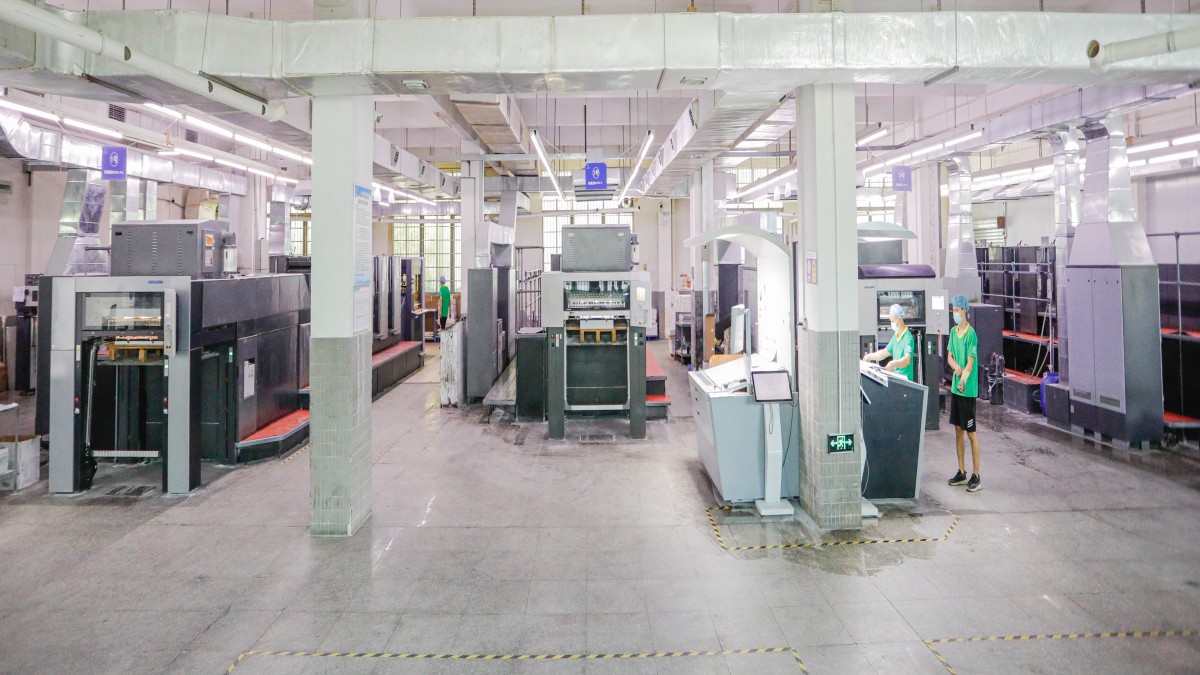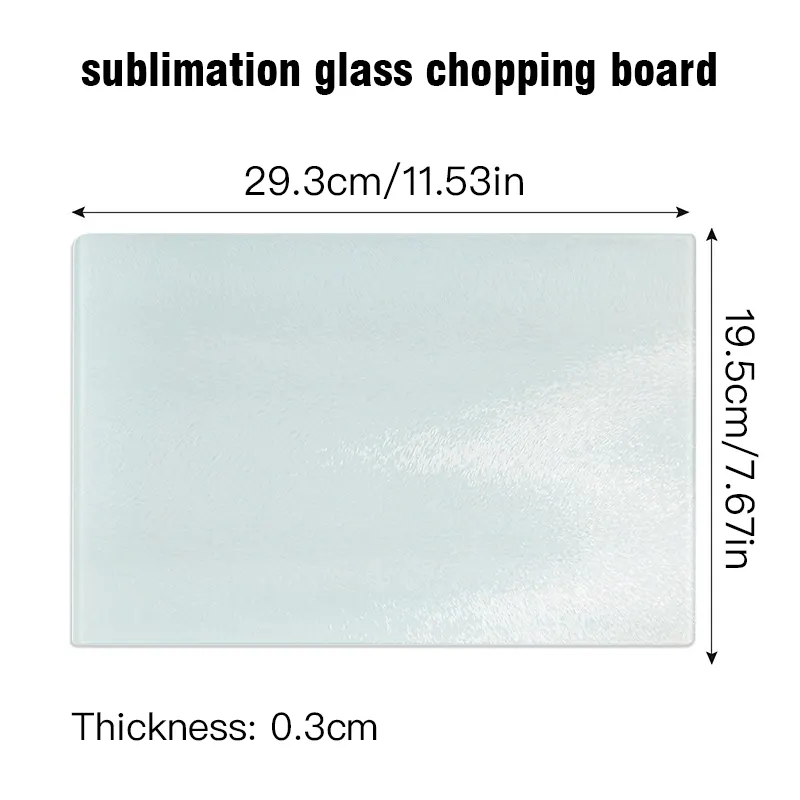Glass cutting boards are contemporary kitchen essentials, appreciated for their unique combination of aesthetics and functionality. Here are some key aspects to consider:
Advantages:
- Hygiene: Glass is non-porous and does not absorb odors or bacteria, providing a highly hygienic surface for food preparation. This makes glass cutting boards suitable for handling various ingredients without the risk of cross-contamination.
- Easy to Clean: Glass cutting boards are easy to clean and sanitize. They can withstand high temperatures, allowing for thorough cleaning in a dishwasher or with hot water and soap.
- Durability: Glass cutting boards are durable and resistant to wear. They won’t crack, warp, or stain over time, contributing to a longer lifespan.
- Aesthetics: The sleek and modern appearance of glass cutting boards adds a touch of elegance to the kitchen. They come in various designs and colors, complementing different kitchen styles.
Considerations:
- Knife-Friendliness: Glass is a hard material, and using it as a cutting surface can be tough on knives, potentially dulling blades more quickly than other materials. Consider using softer knives to mitigate this impact.
- Prone to Chipping or Breaking: Glass cutting boards are prone to chipping or breaking if dropped or subjected to impact. Handle them with care to avoid accidents in the kitchen.
- Personal Preference: Choosing a cutting board is often a matter of personal preference. Some cooks appreciate the aesthetic appeal of glass, while others prioritize factors like knife preservation or a softer cutting surface.
In conclusion, glass cutting boards offer a hygienic and visually appealing option in the kitchen. However, users should be mindful of their potential impact on knives and handle them with care to prevent breakage or chipping.













